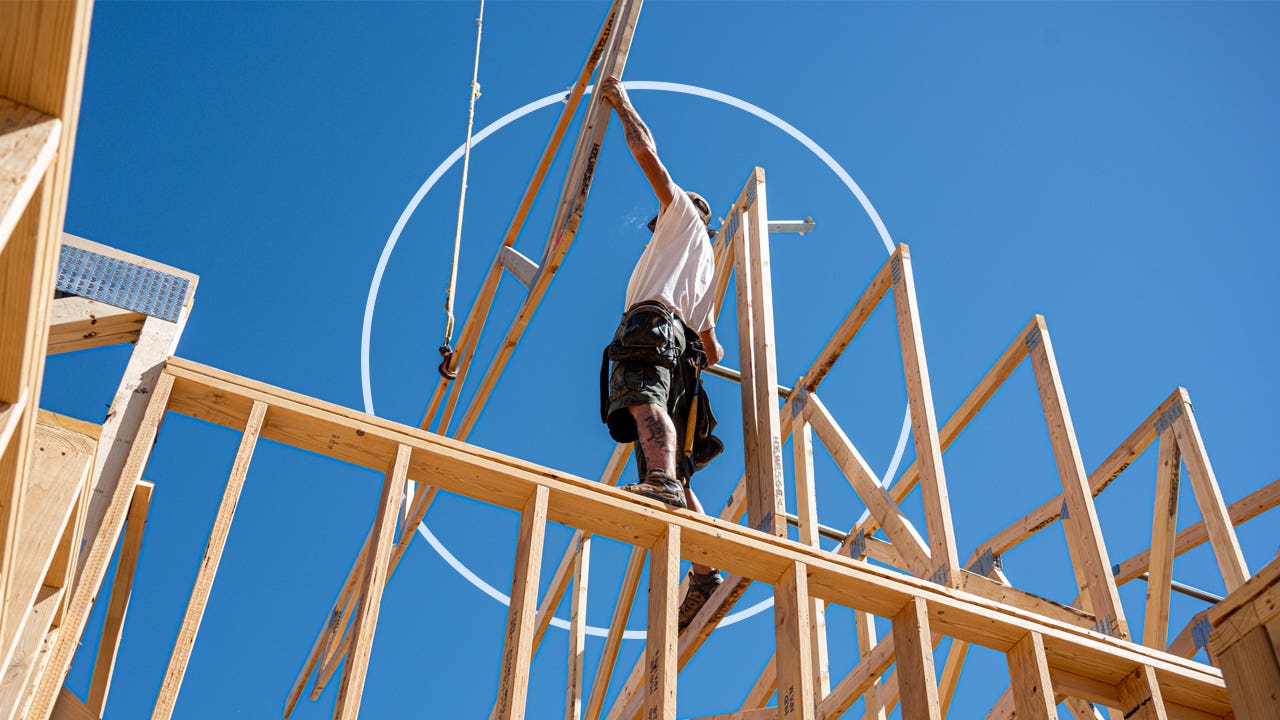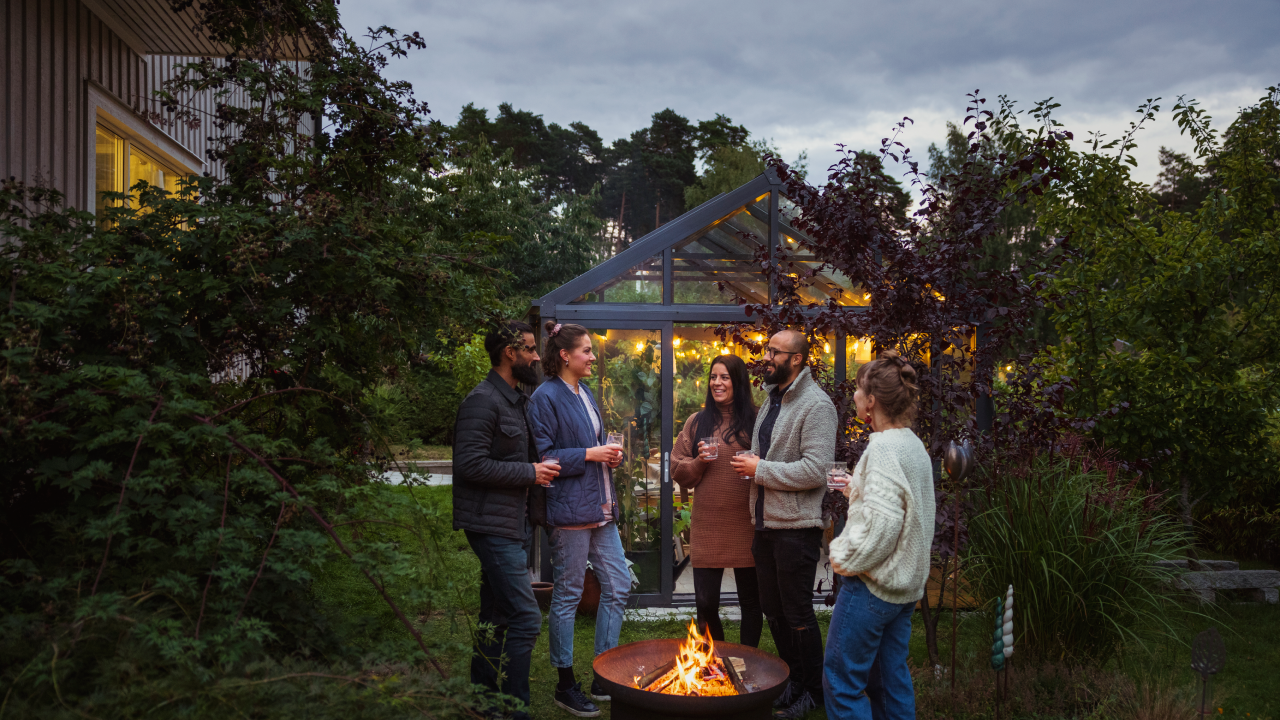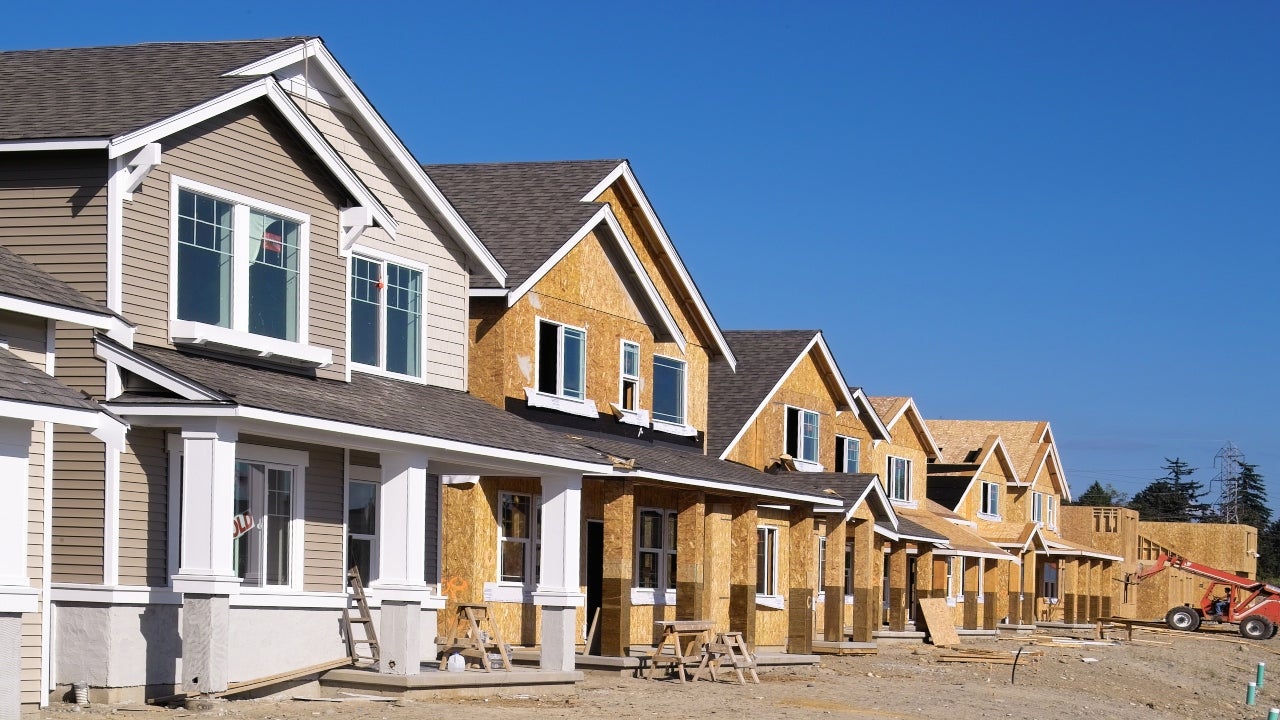How much does it cost to build a house?

If you’re looking to move but haven’t found the perfect home — or you’re balking at the current market’s high prices — you might be wondering what it would take to build a brand-new home of your own. Building a house can be as expensive as buying one, or even more, but there are several financing options available to help.
However, construction costs have been soaring, meaning it costs more to build a home than it used to. “Like most costs, building costs have gone up across the board over the past three to four years,” says W. Scott Prendergast, president of custom homebuilding firm Apex Homes in Northern Virginia. “We have seen a consistent rise in materials, and our labor force/trades have raised prices to keep up with their own cost of living increases.” Here’s more about how much it costs to build a house from scratch.
How much does it cost to build a house in the U.S.?
The average cost to build a brand-new single-family home in 2025 is $323,026, according to data from HomeAdvisor. That price, however, can range from as low as $138,937 to as high as $531,294, depending on the specific details of your home plans, and it does not include the cost of land. Costs are typically split fairly evenly between labor and materials, but luxury finishes can make the price run much higher.
Cost of new construction per square foot, by region
Prices can also vary widely depending on your location. Here are average construction costs per square foot broken down by region, according to data from HomeGuide.
- Northeast: $155 per square foot
- West: $131 per square foot
- Midwest: $109 per square foot
- South: $100 per square foot
So, if you’re looking to build a 2,000-square-foot home in the South, you can expect it to run around $200,000. But in the Northeast, that same 2,000-square-foot home may cost $310,000 to build. Note that these figures take into consideration only the cost of construction — they do not include the price of the land to build on.
Home building costs, broken down
You’ll need to take into account a number of key points to estimate the true cost of building a new home. In addition, recent increases in tariffs on many crucial building materials — like lumber, steel and gypsum for drywall — mean imported goods may cost significantly more.
Here’s a breakdown of some of the costs that are likely to factor into your construction budget. Prices are based on construction of a 2,000-square-foot home and do not reflect increased tariffs.
| Construction phase | Average cost |
| Excavation | $3,000 |
| Foundation, slab and piers | $9,260 |
| Roofing | $13,760 |
| Rough lumber | $16,000 |
| Finish lumber | $1,260 |
| Heating and ducting | $7,260 |
| Plumbing and sewer connections | $18,260 |
| Gypsum wallboard | $11,760 |
| Drive and walkway | $6,000 |
| Wiring | $8,000 |
| Painting | $9,000 |
| Flooring | $5,000 |
| Land | $3,000 – $150,000 |
Land and pre-construction
Before embarking on your new home’s construction, you will need a place to put it. The land costs associated with new home construction typically include the purchase price for the property and also land preparation, such as tree removal or leveling. Costs can vary greatly by location, but you may spend anywhere from $3,000 to $150,000 on acquiring land.
In addition, you’ll need to secure the appropriate permits from your city or municipality before the work on your home can begin. You’ll also need to hire architects and engineers to make plans for your home. These costs all vary by location but you can expect to spend about $4,220 on permits and about $1,000 to $2,000 on plans and specifications.
Foundation and exterior
The foundation of your new home is a major part of the process and can be a significant part of the overall cost. Excavation costs around $3,000, and foundation work runs about $9,260.
The outdoor and exterior features of your home also add to the costs of building your home. The cost of just a driveway and walkway is about $6,000. Installation of outdoor living spaces averages an additional $7,800, according to HomeAdvisor. Roofing averages about $13,760, while windows and sliding doors may be about $3,000, and expect to tack on another $4,760 for standard doors throughout the home. Siding costs can vary widely depending on square footage and material type.
Home systems and interior
The infrastructure that provides water, electricity and heat to your house is essential. Expect to spend more than $7,000 on heating and ductwork, in excess of $18,000 on plumbing and sewer requirements and about $8,000 on electrical wiring.
From insulation to walls, cabinets and flooring, finishing the interior of your home is one of the most expensive parts of the project. The cost of gypsum wallboard for a new-build home is nearly $12,000. Cabinets, which range in style from basic to luxurious, vary widely in price but could cost $9,000 or more. Similarly, flooring costs range significantly depending on materials but typically run at least $5,000.
Labor
Labor is one of the most important costs involved in home construction — and also one of the most difficult to measure. The final price tag will depend on each new home’s plans and the amount of work involved. Expect to pay for a long list of subcontractors and specialized experts to help complete your home project, including roofers, electricians, plumbers, flooring specialists and more. Labor often makes up about 30 to 50 percent of a home’s total construction cost, per HomeAdvisor.
Building a home vs. buying an existing one
In general, building a new home tends to cost more than buying an existing home. The median sale price for an existing home (ie, not new construction) was $398,400 in February 2025, according to the National Association of Realtors. The average price to build, according to HomeAdvisor, is $323,026 — but that does not include the cost of the land to build on.
Buying a pre-existing house and simply renovating it to meet your needs might be more economical. However, just how much you will save depends on your local housing market, the home’s condition and many other factors.
“If you’re willing to live in a home that doesn’t necessarily have this year’s remodeling upgrades, there’s a lot of money to save by buying a house rather than building one,” says Thomas Jepsen, founder of homebuilding website Passion Plans.
Financing options
If you’ve determined that the price of construction is worth it, your next step is to explore your financing options for a new-home build. There are several options available:
- Home construction loan: By far the most common form of financing to build a house, home construction loans are designed for exactly this purpose. The two main types are construction-to-permanent loans, which convert to function like a mortgage once building is complete, and construction-only loans, which finance only the construction phase.
- Personal loan: You probably won’t come close to financing the entire cost of building a house with a personal loan — the loan amount will be capped for most people at much less than the cost of a house. But this method can be used to pay for specific projects.
- Home equity loan: If you already own a home and want to build a new one, you might consider using a home equity loan on your first house to finance all or part of the second. The amount you can borrow will depend on how much equity you have in your current home. Once construction is complete and you move into your new home, you can use the money from the sale of the first house to pay off the home equity loan.
- Home equity line of credit: A home equity line of credit (HELOC) is another option, provided you have a significant amount of equity. Like a home equity loan, you’ll borrow against the equity in your current house to help build a new one. The difference is that a HELOC acts more like a credit card than a lump-sum loan, and you’ll be able to borrow from the line of credit as needed, up to the amount that you’re approved for
Money-saving tips
The best way to save on building a house is to get multiple quotes for every step of the process. “Always do your due diligence, and know that everything is negotiable,” says Prendergast.
Talk to several architects, builders and designers and ask each for a written estimate. If one quote is significantly cheaper than the rest, find out why before signing on the dotted line. You don’t necessarily want to pick the least expensive option; that could leave you with a poorly built house that requires frequent emergency repairs or costly add-ons that weren’t included in the initial quote.
“Cheaper isn’t always better,” says Prendergast. “Sometimes paying more for quality items that will last longer can be a lot cheaper in the long run.”
You can also save money by doing some of the work yourself. For example, instead of hiring an interior designer, choose the interior finishes yourself. Just be prepared for a significant time investment if you decide to take this route, as you’ll be responsible for choosing everything from flooring to countertops to fixtures and hardware.
FAQs
You may also like

What does it cost to build a fire pit?

Should I buy a house or build one?





